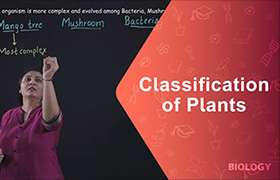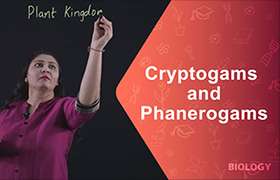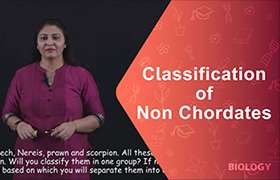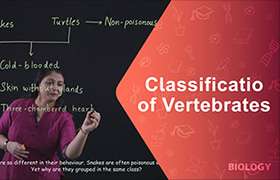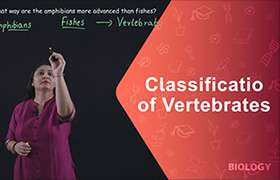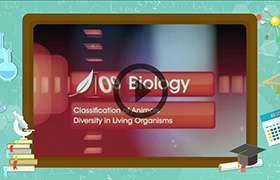CBSE Class 9 Answered
Polymorphism is the occurrence of different forms or types in individual organisms or in organisms of the same species.
Cnidarians have a complex life cycle that, depending on the species, may alternate between two forms. The first form is known as a polyp, which is sessile (anchored to one spot). Polyps often form large colonies, where a trait known as polymorphism may occur: various polyps in the colony may take on specialized roles.
For example, one polyp may only be used for defence, while another is used for reproduction and another for capturing food. Not all polyps do this, however, and may live solitary lives. Some cnidarians, such as true coral and sea anemones, live their entire lives in the polyp stage and do not metamorphose into the second form, which is known as the medusa which are reproductive in nature.

